Product Details
+🔥🔥 93% OF CUSTOMERS BUY 3 OR MORE 🔥🔥
Electric Heated Jacket Vest Womens Mens !!!
Quality: Humanized heating part is designed for the cold part of the neck and back. Fast heating: 1 minute heating to prevent coldness.
Multi-fucntion: Infrared heating with no harmful radiation and stable performance is safe and reliable, environmentally friendly, energy saving, soft and comfortable.
Machine Washable: Waterproof electronic element supports hand washing, dry-cleaning, and machine.
Features
- Humanized heating part is designed for the cold part of the neck and back.
- Infrared heating with no harmful radiation and stable performance is safe and reliable, environmentally friendly, energy saving, soft and comfortable.
- 3-level temperature design for intelligent heating.
- Only 5V voltage, 1000 mA can continue to heat for about 8 hours.
- Fast heating: 1 minute heating to prevent coldness.
- Made of high-quality down cotton; designed with anti-drilling technology; can be washed by machine or hand; windproof and warm, light and close-fitting.
Set the temperature you want to respond to a variety of environments.
A button to heating, three stall temperature control, intelligent heating.
It can be washed by machine and can be washed by hand. Do not wring it by hand.
General USB interface power supply, longer service life,anti water splashing and washable.
The fashion is warm, comfortable and breathable, and it's a good partner for your winter going out.
Specification:
Material:Polyester
Lining:Polyester
Filler:Eiderdown Cotton
Color: Black/ Red
Size: L/XL/2XL/3XL/4XL
Power Supply Interface: USB
Power Supply: 5V/2A Mobile Power(Not Included)
Fever Area: Back/Hand
Function: Keep warm, Anti water splashing and Prevent cold
Temperature Shift(Manual adjustment)
Warm:45 Degrees (Red Light)
Comfort:35 Degrees (White Light)
Energy Saving:25 Degrees (Blue Light)
Washing instructions:
1.Take out removable charger.
2.Neutral detergent is available and then hand wash.
3.Do not force knead or beat.
4.After nature air drying can be use.
Warm Tips:
1.If not used for a long time,please do not plug in removable charger
2.Do not use high temperature water or strong acid detergent.
3.Forbidden to use electricity for wet clothes,Please turn off the power and stop using if cloth is wet.
4.Use time depending on the capacity of removable charge.
How To Use:
1.Take out USB plug
2.Plug in removable charger
3.Switch on the removable charger
4.Press the chest temperature control switch for three second
5.Red light flashing,means heating automatic
6.After red light flashes for 5 minutes,then automatic turn to white light,means medium temperature
7.Manual adjustment has three level,red light means hign-temperature heating continuously.
White light means medium heating continuously,blue light means low heating continuously
8.Press the chest temperature control switch for three second,lights out and stop heating
Specifications:
1. Face beautification and body shaping: It activates various functions between skin and promotes metabolism.
2. Body warming and blood circulation: It warms the human body, consumes excess heat, increases blood oxygen and fluidity.
3. Vitality restoration: It provides deeper adjustment of physiological functions to avoid sub-health state and restore the vitality.
4. Pain relief: It can improve the body's microcirculation, dredge and activate the meridians, eliminate local pain and inflammation.
Package Included:
1 x Jacket(Mobile Power Not Included)
OUR GUARANTEE
At Best Buy Deal , we strive to offer top and high-quality products in the world.
We will provide outstanding customer service to assist you as we highly value our customer satisfaction with absolutely Zero Risk.
If you have any questions about your order, please contact us by emailing us at [email protected]
Just click the "Add To Cart" Button Below! There's very limited stock, and they will go soon!
Note: Due to High Demand Promotional Items May Take Up To 2-4 weeks for delivery.
WE SUPPORT AN AMAZING CAUSE
We're thrilled to support Nanhi Pari Foundation is a Girl Child Right Organization which works for Education, Health & Nutrition for Girl Child.
Best Buy Deal'S 7-POINT HAPPINESS CHECKLIST
1. FREE Shipping Worldwide on special offers.
2. Fast, Sure & Safe delivery.
3. Safe Payments.
4. 30 Day Money Back Guarantee.
5. Real humans on our support help-desk!
6.Tracking number for every order.
7. We use encrypted SSL certificates for 100% security.
Winter Facts
Winter is the coldest time of the year. It is one of the four seasons. Winter comes after autumn and before spring.
Winter begins the winter solstice. In the Northern Hemisphere the winter solstice is usually December 21 or December 22. In the Southern Hemisphere the winter solstice is usually June 21 or June 22. The days are shorter and the nights are longer.
Some animals hibernate during this season. In temperate climates there are no leaves on deciduous trees in winter.
One of the winter holidays in the Northern Hemisphere Christmas.
The name comes from an old Germanic word that means "time of water" and refers to the rain and snow of winter in middle and high latitudes.
Cause
The tilt of the Earth's axis relative to its orbital plane plays a big role in the weather. The Earth is tilted at an angle of 23.44° to the plane of its orbit, and this causes different latitudes on the Earth to directly face the Sun as the Earth moves through its orbit. It is this variation that primarily brings about the seasons. When it is winter in the Northern Hemisphere, the Southern Hemisphere faces the Sun more directly and thus experiences warmer temperatures than the Northern Hemisphere. Conversely, winter in the Southern Hemisphere occurs when the Northern hemisphere is tilted more toward the Sun. From the perspective of an observer on the Earth, the winter Sun has a lower maximum altitude in the sky than the summer Sun.
During winter in either hemisphere, the lower altitude of the Sun causes the sunlight to hit that hemisphere at an oblique angle. In regions experiencing winter, the same amount of solar radiation is spread out over a larger area. This effect is compounded by the larger distance that the light must travel through the atmosphere, allowing the atmosphere to dissipate more heat. Compared with these effects, the changes in the distance of the earth from the sun are negligible.
Meteorological based winter
Meteorological winter is the method of measuring the winter season used by meteorologists based on "sensible weather patterns" for record keeping purposes, so the start of meteorological winter can change depending on how far north one lives.
Winter is often defined by meteorologists to be the three calendar months with the lowest average temperatures. This corresponds to the months of December, January and February in the Northern Hemisphere, and June, July and August in the Southern Hemisphere.
Accumulations of snow and ice are commonly associated with winter in the Northern Hemisphere, due to the large land masses there. In the Southern Hemisphere, the more maritime climate and the relative lack of land south of 40°S makes the winters milder; thus, snow and ice are less common in inhabited regions of the Southern Hemisphere. In this region, snow occurs every year in elevated regions such as the Andes, the Great Dividing Range in Australia, and the mountains of New Zealand, and also occurs in the southerly Patagonia region of South America. Snow occurs year-round in Antarctica.
Astronomical and calendar based winter
In the Northern Hemisphere, some authorities define the period of winter based on astronomical fixed points (i.e. based solely on the position of the Earth in its orbit around the sun), regardless of weather conditions. In one version of this definition, winter begins at the winter solstice and ends at the vernal equinox.
These dates are somewhat later than those used to define the beginning and end of the meteorological winter – usually considered to span the entirety of December, January, and February in the Northern Hemisphere and June, July, and August in the Southern.
Astronomically, the winter solstice, being the day of the year which has fewest hours of daylight, ought to be the middle of the season, but seasonal lag means that the coldest period normally follows the solstice by a few weeks.
In the USA and Canada (and sometimes in Britain) the season is regarded as beginning at the solstice and ending on the following equinox – in the Northern Hemisphere, depending on the year, this corresponds to the period between 21 or 22 December and 19, 20 or 21 March. In the UK, meteorologists consider winter to be the three coldest months of December, January and February. In Scandinavia, winter traditionally begins on 14 October and ends on the last day of February.
In many countries in the Southern Hemisphere, including Australia, New Zealand and South Africa, winter begins on 1 June and ends on 31 August.
In Celtic nations such as Ireland (using the Irish calendar) and in Scandinavia, the winter solstice is traditionally considered as midwinter, with the winter season beginning 1 November, on All Hallows, or Samhain. Winter ends and spring begins on Imbolc, or Candlemas, which is 1 or 2 February . This system of seasons is based on the length of days exclusively. (The three-month period of the shortest days and weakest solar radiation occurs during November, December and January in the Northern Hemisphere and May, June and July in the Southern Hemisphere.)












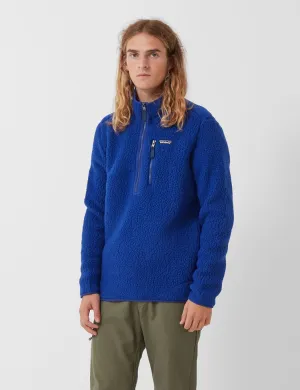
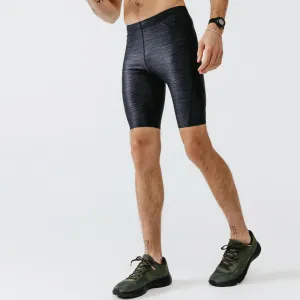
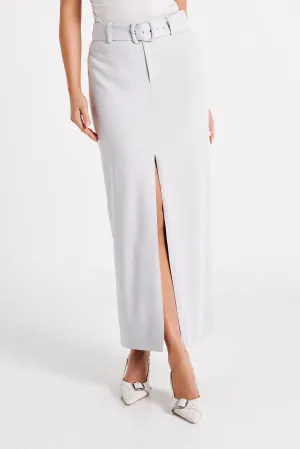
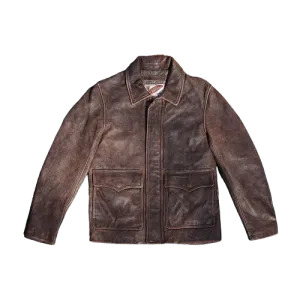

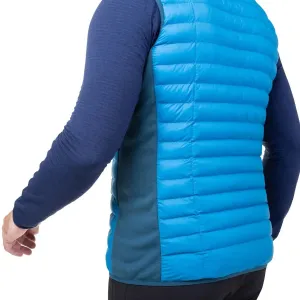


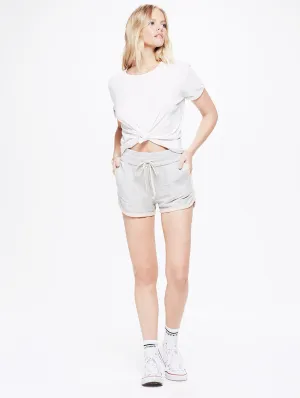
![Dumka Wool Rug [Natural white] Dumka Wool Rug [Natural white]](https://www.elitejkt.shop/image/dumka-wool-rug-natural-white_tJZjdl_300x.webp)
